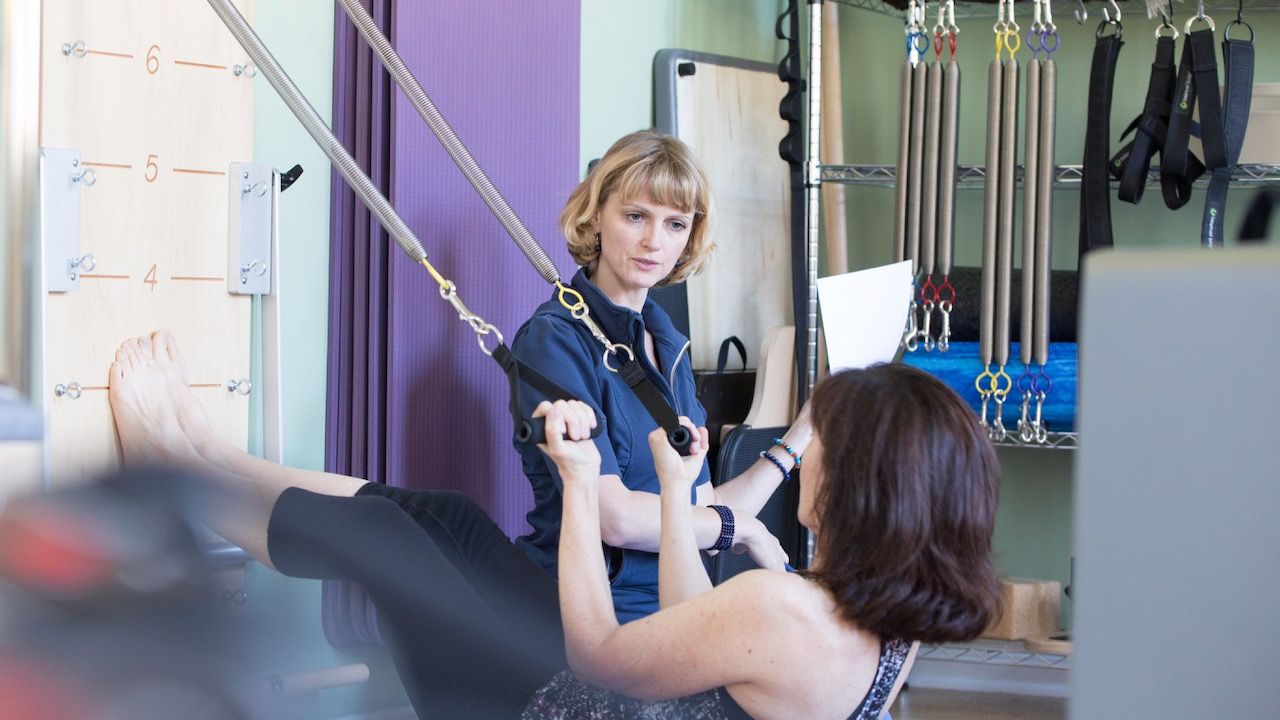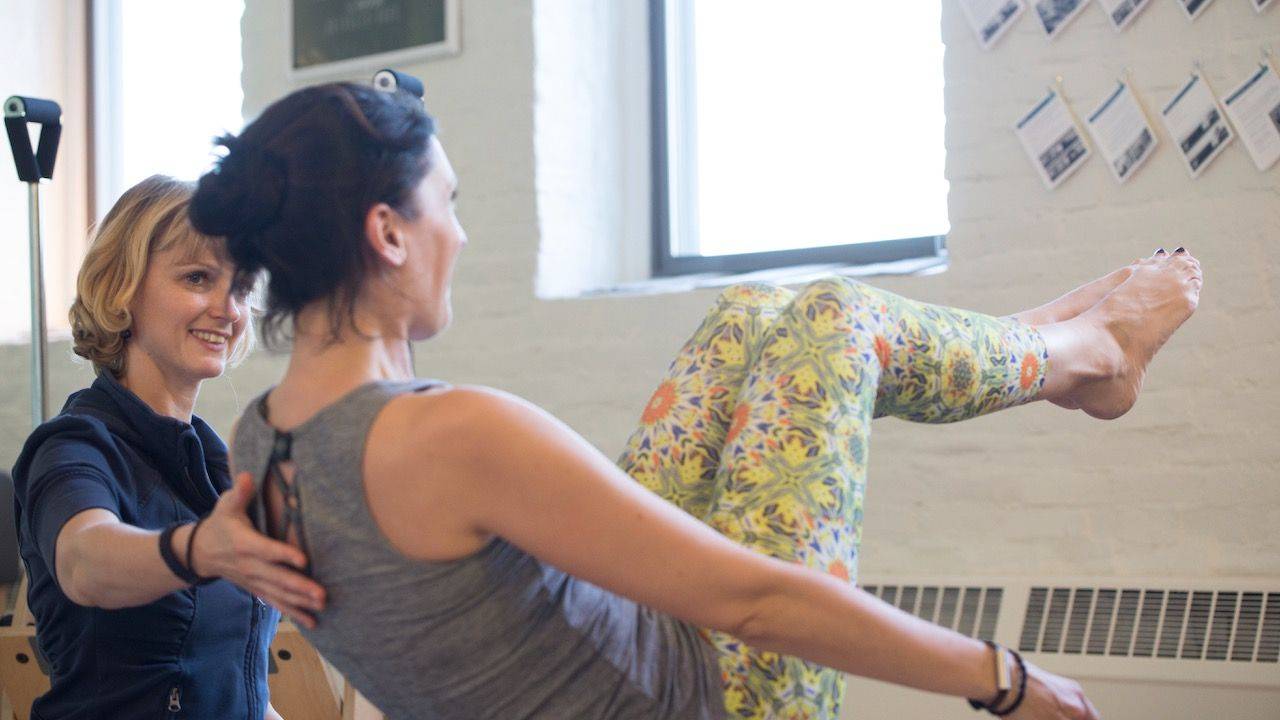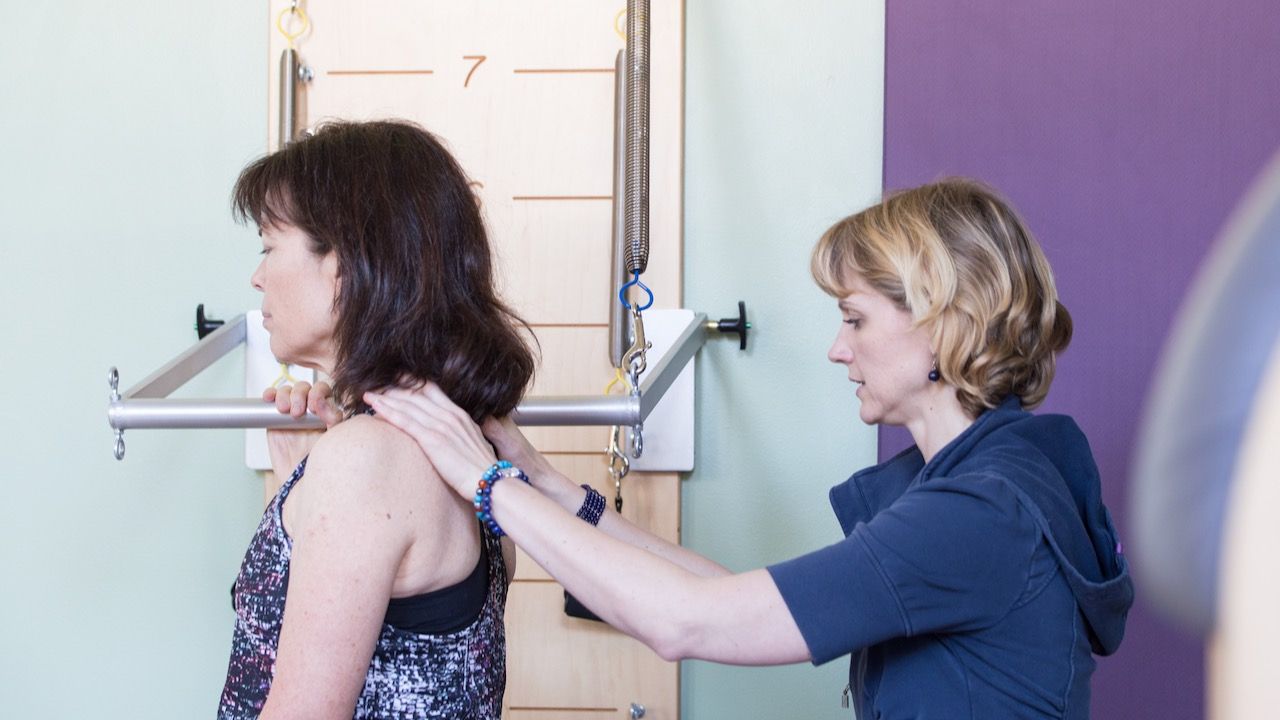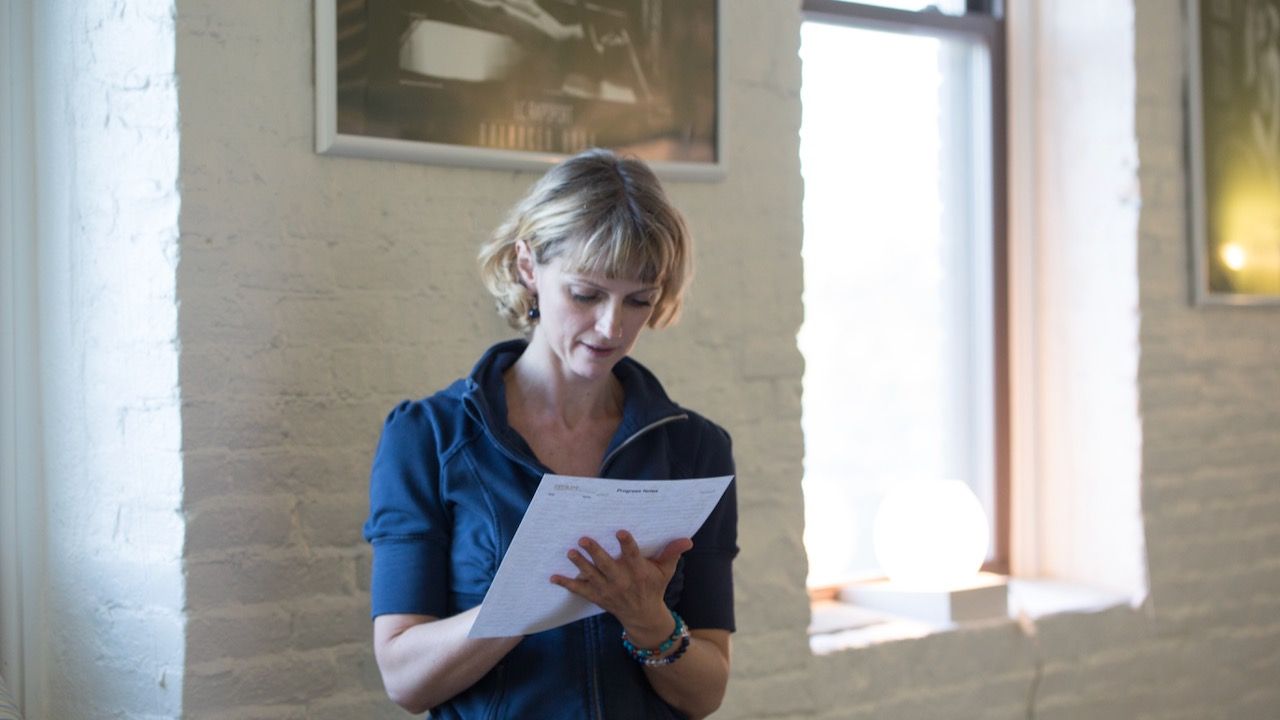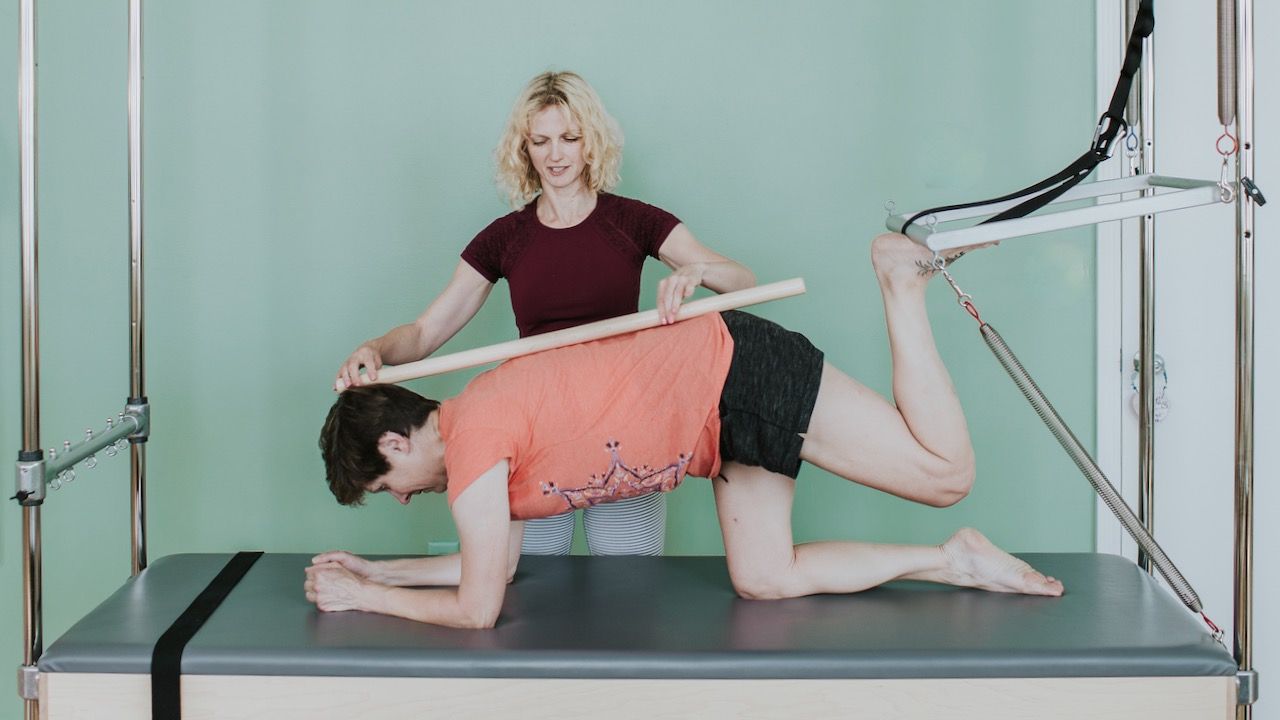
How To Improve Your Pilates C-Curve
Feb 25, 2019The C-Curve is a Pilates movement skill that requires even flexion of all areas of the spine. The thoracic spine is naturally in a rounded, convex position, which makes flexion easier in this part of the spine.
The cervical and lumbar spine on the other hand are curved inward (concave) this makes it more difficult - requires more range of motion - to move into flexion.
The goal of a C-curve is - as the name suggests - to make your spine look like the letter C. In order to achieve that, the cervical and lumbar spine have to lengthen and flex the most.
So even though the spine should look "evenly rounded", the effort in the spine is not evenly distributed along all sections. The effort in the thoracic spine will be less than in the other two parts.
Let's take a look at a simple C-Curve exercise on the mat:
In a seated position, the base of the spine is your tailbone (coccyx). It's located roughly between your sit bones. You should be able to feel two bony knobs when you're sitting on a firm surface. Those are your ischial tuberosities (aka sit bones).
In order to do the C-Curve correctly, begin by sitting on top of your sit bones, and roll slightly backward, off your sit bones. Your pelvis will tip posteriorly (backward).
If you have a Spine Corrector available, it's a great way to practice rolling off the sit bones.
C-Curve on the Spine Corrector
Sitting on the edge (or lip) of the Spine Corrector can help you create awareness for the position of your sit bones.
If you don't have a Spine Corrector available, use a foam roller instead. But instead of your pelvis rolling back, think of pushing the roller carefully forward. The same movement (posterior pelvic tilt) will happen. This is a very similar sensation to the Roll Down on the Reformer, and a great regression or preparation for this exercise.
Are C-Curve Exercises Okay For Someone With Kyphosis?
If you have followed this explanation so far, you can probably guess the answer to this question.
As I've explained above, the effort in the C-curve comes mostly from the lumbar spine, not the thoracic spine. As long as you do the exercise correctly and focus on flexing the lumbar, there is no reason why you should skip C-Curve exercises for someone with Kyphosis.
By the way, technically an overly rounded thoracic spine is called Hyperkyphosis because it's more than normal. The normal curve of the thoracic spine is called Kyphosis, so if it's rounded more than that, it's Hyperkyphosis. But most people refer to Hyperkyphosis simply as Kyphosis. The opposite is called Hypokyphosis, which is the name of a flattened thoracic spine, less kyphosis than normal.
In someone with Hyperkyphosis, the lumbar spine can become hyper-lordotic to counterbalance the hyperkyphosis. It's the body's compensation mechanism to maintain balance.
As you can see, the C-Curve might actually be very helpful to bring length back into the lumbar spine and strengthen the abdominal wall.
Further, in the C-Curve exercise Teaser From The Floor (on the Chair) there is added challenge to the shoulder stabilizers and the anterior oblique sling (serratus anterior, internal, and external obliques).
Teaser From The Floor On The Chair
There is one exception: If your student's kyphosis is a result of osteoporosis, then flexion of the spine is in fact contraindicated.
I put together a convenient cheat sheet for working with pathologies. You can download it at the end of this article.
Bottom line: Don’t shy away from C-curve exercises for your kyphotic students, but don’t let them flex the spine where it’s easy for them. They will want to protract their scapulae (pull them apart and forward). Make sure to cue them to keep the collar bones wide, and their shoulder blades closer together. Guide them with your hands (tactile feedback is your friend) to close the front ribs and widen the lower back ribs.
Inside the Pilates Encyclopedia member library, we have a whole chapter called “Pilates Protocols” in which we list appropriate exercises for injuries and pathologies.
I'd love to hear from you: What's the most difficult part for you when practicing C-curve exercises? Shoot me an email.

Get support with your day-to-day teaching challenges
Ready to Teach Pilates with Clarity and Confidence?
Sign up to receive my weekly email newsletter. It's jam-packed with Pilates articles, videos, exercise tutorials and teaching tips.
Only super valuable stuff here. No spam ever. Unsubscribe any time.








